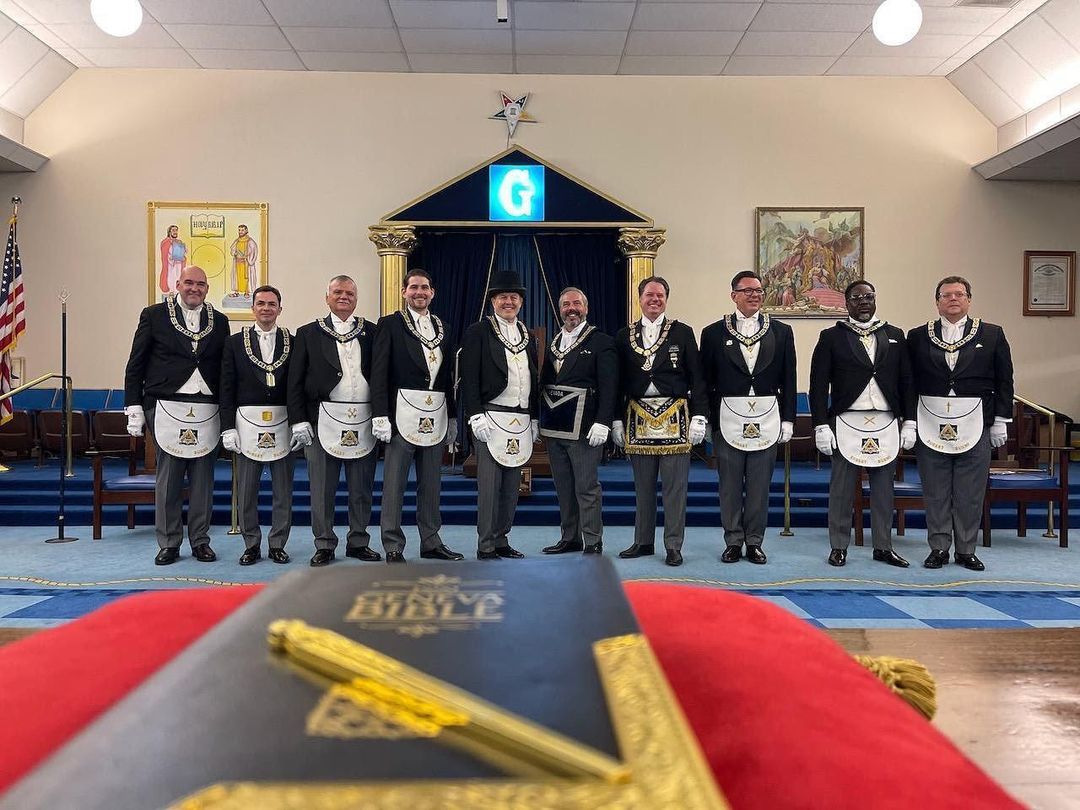TENET OF GOD AND SATAN
The concept of the “Tenet of God and Satan” often delves into theological and philosophical beliefs regarding good and evil, divinity, and moral dualism. Here’s an exploration of these principles as they relate to different religious and cultural contexts:

Tenet of God
1. Supreme Being: In many religions, God is viewed as the ultimate supreme being, omnipotent, omniscient, and omnipresent. This being is often considered the creator and sustainer of the universe.
2. Source of Morality: God is often seen as the source of moral law and ethical guidelines. Believers look to divine commandments and teachings to determine what is right and wrong.
3. Divine Love and Justice: Attributes such as love, mercy, and justice are commonly associated with God. These characteristics inform how believers understand divine will and human relationships.
4. Worship and Devotion: Worship practices, prayer, rituals, and acts of devotion are central to expressing reverence for God. These practices vary widely across different religious traditions. 4. Salvation and Redemption: Many religious traditions emphasize the role of God in the salvation or redemption of humanity. This can involve concepts of grace, forgiveness, and the afterlife.

Tenet of Satan
- Personification of Evil: Satan is often depicted as the personification of evil, representing opposition to God and embodying moral corruption, deception, and malevolence.
- Adversary and Tempter: In many traditions, Satan is seen as an adversary to God and humanity, tempting individuals to sin and leading them away from divine truth and righteousness.
- Symbol of Rebellion: Satan can symbolize rebellion against divine authority. This includes narratives of a fall from grace, where Satan and his followers defied God and were cast out of heaven.
- Role in Testing Faith: Some theological perspectives see Satan as playing a role in testing the faith and moral integrity of believers, presenting challenges that can lead to spiritual growth or downfall.
- End Times and Judgment: Eschatological beliefs often include Satan’s ultimate defeat and judgment. This reflects the broader cosmic struggle between good and evil, culminating in the restoration of divine order.
Interconnection of God and Satan
- Moral Dualism: Many religious traditions depict a dualistic struggle between good and evil, where God represents the ultimate good and Satan represents the ultimate evil. This dualism influences moral and ethical frameworks, guiding believers in their choices and actions.
- Theodicy and Free Will: The existence of evil (personified by Satan) raises questions about the nature of God and the problem of evil, known as theodicy. Free will is often cited as a reason for the existence of evil, with Satan playing a role in testing human freedom and moral choices.
- Cultural and Symbolic Interpretations: The figures of God and Satan carry deep cultural and symbolic meanings that extend beyond religious doctrines. They influence literature, art, psychology, and popular culture, representing the complexities of human nature and the struggle between light and darkness.
Religious and Cultural Variations
- Christianity: In Christianity, God is the Holy Trinity (Father, Son, Holy Spirit) and Satan is a fallen angel, originally named Lucifer. The Bible describes Satan’s rebellion and his role in tempting humans.
- Islam: In Islam, God (Allah) is the one true God, and Satan (Iblis) is a jinn who refused to bow to Adam. Iblis tempts humans to stray from Allah’s path, but he ultimately has no power over true believers.
- Judaism: In Judaism, God (Yahweh) is the supreme being, and Satan (Ha-Satan) is an accuser or adversary who tests the faithfulness of humans. Satan is not an independent evil force but operates within God’s permission.
- Other Traditions: Concepts similar to God and Satan can be found in other religious and cultural traditions, each with unique interpretations of divinity, morality, and the nature of evil.
